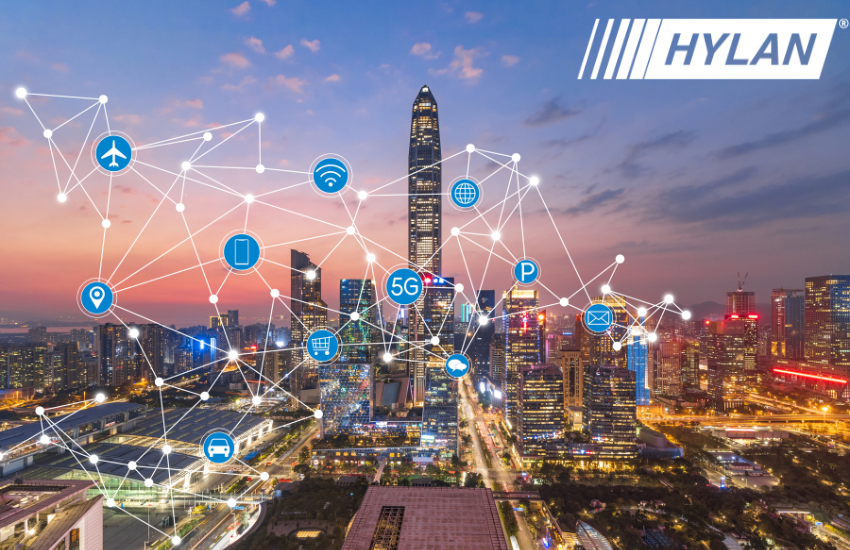Ask most people to think of “infrastructure,” and a handful of usual suspects come to mind: roads, bridges, buildings. For cities that want to lead the way in a 21st Century economy, they’re also thinking about their communications infrastructure, and how it lays the foundation for smart cities of the future, today.
Astute city planners and leaders are fully aware that digital transformation and smart cities attract residents, visitors, and businesses through its quality-of-life and operations improvements, but the path to achieving those goals vary based on factors such as size, population, and location. There are a variety of factors, however, that are consistent for cities nationwide, and among them is a strong, foundational communications infrastructure.
It All Starts with a Vision
But before you begin building, you of course need to know what to build and why. That’s why every smart city needs to start with a clear vision and understanding of the resources that will be required to ensure an effective, sustainable program over the long term.
City planners and leaders should first assess the concerns and requirements of citizens and businesses before taking any action, thereby ensuring their initiatives align with the needs of their constituents. By doing so, city leaders will understand where resources need to be allocated, and they’ll have the support of their communities behind them to help the program reach its full potential.
Build It, They Will Come
With a clear, long term vision in place, it’s time to start thinking about what your communications infrastructure looks like. It can include broadband systems, fiber optic cabling, fiber-less technologies, premium wireless infrastructure, and scalable systems. This infrastructure is vital to enabling the flood of data being sent from and received by connected devices in real-time, without interference.
An additional element of infrastructure to consider is the continuing rise of electric vehicles and the need for more public charging stations to support them. In accordance with Biden administration targets, half of all vehicles sold in the U.S. by 2030 will be zero-emission vehicles.
And with the recent executive order in California that will disallow the sale of gas-powered vehicles beginning with the 2035 model year, it’s clear the future is electric, and it’s coming soon. Cities that build strong communications infrastructure now will be better equipped to serve this demand in the future.
How to Get There
Finding a partner with experience in both wireless and fiber technologies is crucial to building out a city’s foundational infrastructure safely and securely. A partner with extensive knowledge of the area, as well as established relationships with local utility providers and officials eliminates bottlenecks associated with terrain navigation and permitting challenges.
Hylan offers full-service turnkey communications solutions and electrical infrastructure design and construction services for wireline, wireless and smart city municipal services. Our team’s decades of experience in both wireless and fiberless technologies makes us the ideal partner for building a strong foundational infrastructure to support your city’s needs today, tomorrow, and beyond.

